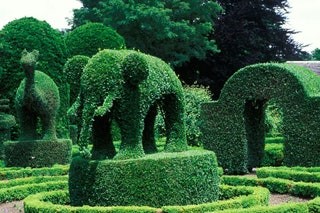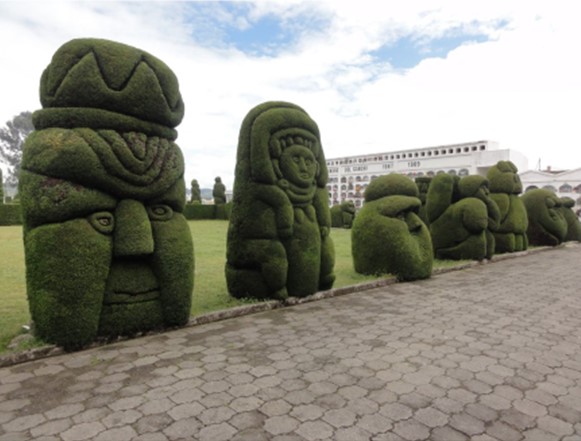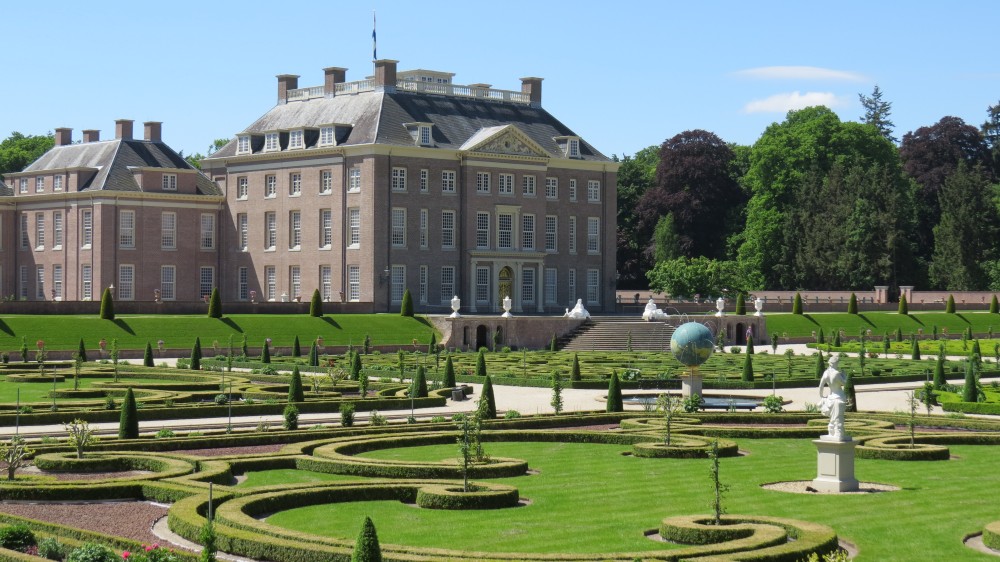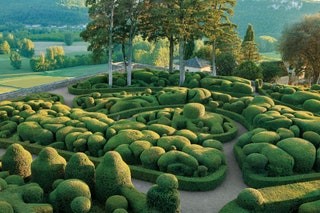TOPIARY AROUND THE WORLD
Topiary is popular in many countries around the world – indeed some of the most visually striking topiary displays can be found in places far and wide as Ecuador, Costa Rica, France and the USA, as well as in Britain. However it is generally known that the most prolific topiary today is in the Netherlands, where it is at its most elaborate and inventive.
Fashions in garden design, as in architectural design, spread throughout Europe and the rest of the world as all manner of people travelled from country to country – from royalty and nobility to craftsmen, artists and designers – changing tastes and techniques as they went. Today, trends transcend borders and continents, but beautiful examples of formal gardens can be seen abroad.









